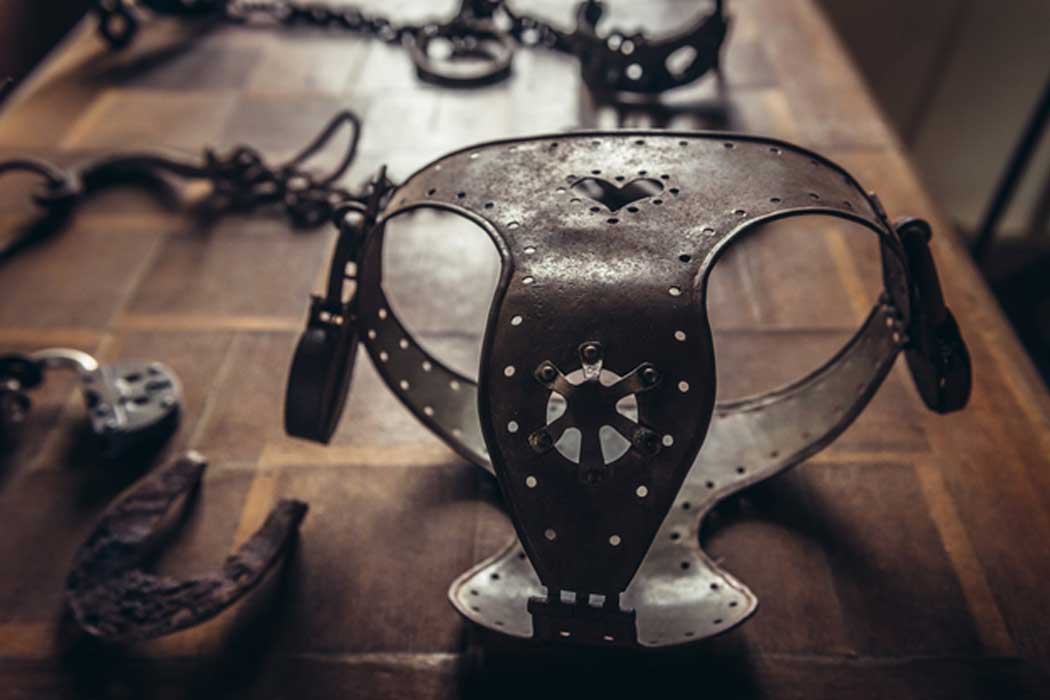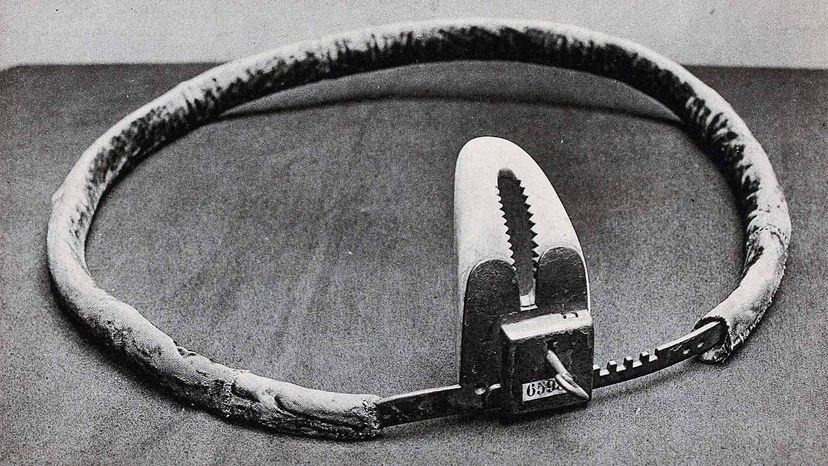The concept of chastity belts has long captured the imagination of popular culture, often depicted as a medieval device used to enforce the fidelity of women. However, the historical accuracy of these claims has been widely debated by scholars. In this article, we will delve into the myths and realities surrounding chastity belts, exploring their origins, their presence (or lack thereof) in medieval texts, and their relevance in modern times.
The Myth of Chastity Belts

Chastity belts, devices allegedly worn by women in the Middle Ages to prevent sexual intercourse, have been a subject of fascination and speculation for centuries. According to curators at the Semmelweis Museum in Budapest, these belts were thought to be introduced as a solution to the perceived problem of unchecked female promiscuity, especially when knights left for battles, pilgrimages, or religious crusades.
The First Mention of Chastity Belts
The earliest known mention of chastity belts dates back to 1405, when Konrad Kyeser, a German engineer and artist, described the concept in a treatise on siege machines. However, Kyeser initially presented the idea as an imaginative joke, and the belts went on to become a popular subject of satire in the following centuries.
Lack of Historical Evidence

Despite the enduring popularity of the chastity belt myth, academics have struggled to find any credible historical evidence supporting their widespread use. As Albrecht Classen, the author of “The Medieval Chastity Belt: A Myth-Making Process,” noted, there are no mentions of chastity belts in any serious historical texts, such as sermons, penitentiary writings, or legal documents.
Practical Considerations
Furthermore, the practical feasibility of chastity belts has been called into question. Experts at the Semmelweis Museum have argued that these “rough, hard objects” would have caused significant discomfort and potentially life-threatening infections if worn for extended periods, making their use highly unlikely.
The Desire to Conceptualize a “Backward” Past

Classen and other scholars propose that the enduring belief in chastity belts stems from a desire to portray the Middle Ages as a “backward” and “dark” period, in contrast with the perceived enlightenment of the present day. This tendency to mythologize the past is not unique to the chastity belt, as evidenced by the widespread belief that medieval people thought the Earth was flat.
The Modern Chastity Belt Debate
While the historical chastity belt remains firmly in the realm of myth, a recent innovation has reignited the debate. In 2013, a company called AR Wear developed a line of underwear and clothing designed to protect women from sexual assault, drawing comparisons to the medieval chastity belt. The product was heavily criticized for placing the burden of rape prevention on victims rather than perpetrators.
Conclusion
In conclusion, the chastity belt, despite its enduring presence in popular culture, appears to be a myth with little to no historical basis. The lack of evidence in medieval texts and the practical challenges of these devices suggest that they were likely not widely used in the Middle Ages. The persistent belief in chastity belts may stem from a desire to conceptualize a “backward” past, which is a tendency not unique to this particular myth. As we move forward, it is important to critically examine the historical accuracy of such claims and resist the temptation to perpetuate myths, even if they are captivating.
